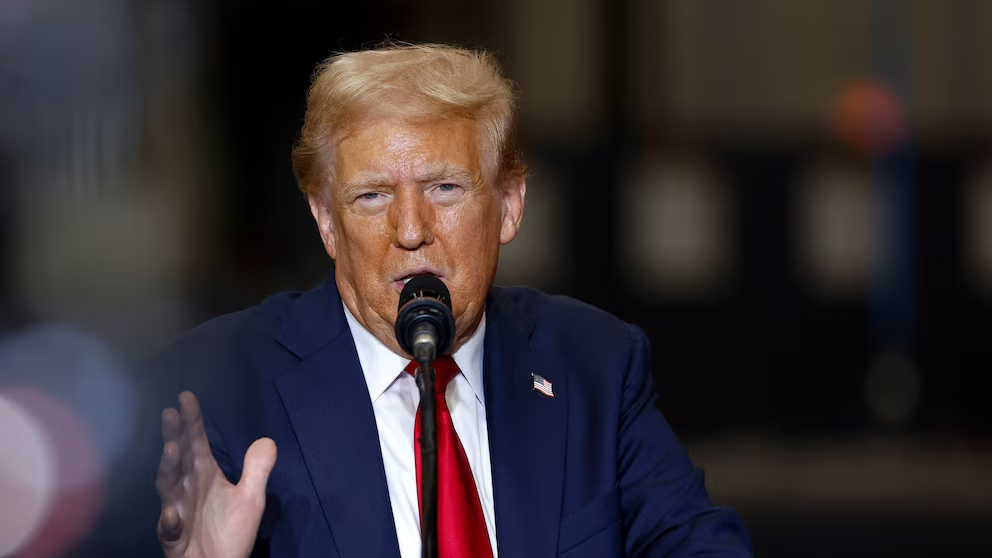In a surprising shift in U.S. trade policy, President Donald Trump announced a landmark trade deal imposing a 15% tariff on Japanese exports—the highest rate Japan has faced in decades.
This development reflects Trump’s broader economic strategy centered on aggressive tariff enforcement, even toward longstanding allies.
Why the 15% Tariff on Japan Matters
Six months ago, few analysts predicted such a high tariff on Japan, a key U.S. trade partner.
While Trump had previously campaigned for a universal 10% tariff, Japan’s inclusion under a higher rate caught many off guard.
Yet the market responded positively even before the 15% tariff imposed on Japan.
Asian and European stocks surged following the announcement, with Japan’s Nikkei 225 rising 3.5% and automaker shares jumping more than 10%, buoyed by relief that the tariff wasn’t as steep as anticipated.
Rising Global Tariff Trends
Trump tariff plans have reshaped international expectations:
- Threats of tariffs up to 25% on key sectors created urgency in trade talks.
- Countries like Britain, Vietnam, Indonesia, and the Philippines have reached deals with tariffs ranging from 10–20%.
- The Japan agreement signals a willingness to compromise, with Trump lowering auto tariffs from 25% to 15%.
According to Michal Jozwiak, a senior analyst at Ebury, the deal was “a lifeline for Japan’s auto industry,” shielding it from harsher levies.
Read also: US Military Activity in Somalia Escalates the Conflict, Will the Policy Change?
Automotive Sector at the Center of Talks
Japan’s auto exports were a key sticking point.
The new 15% tariff, while a sharp rise from the previous 2.5%, is still lower than rates other countries might face.
This gives Japanese automakers a competitive edge over rivals from Germany, South Korea, and the EU, potentially avoiding import cost hikes of $15,000 or more on luxury vehicles.
US Trade Strategy and Its Economic Impact
Despite optimistic market reactions, economists caution that:
- Tariffs could lead to higher consumer prices on appliances, furniture, toys, and electronics.
- Retailers and manufacturers relying on Japanese components may struggle with rising costs.
- Inflation risks are mounting, with Nomura forecasting the average effective U.S. tariff rate to hit 19.5%.
- Growth may slow as price pressures affect spending.
Ryan Young from the Competitive Enterprise Institute described the deal as a “lose-lose,” emphasizing long-term strain on U.S. consumers.
Strategic Trade Dynamics
Japan’s willingness to accept the new terms reflects its deep trade and investment ties with the U.S.:
- 20% of Japanese exports go to the U.S.
- 37% of Japan’s car exports rely on the U.S. market.
- The U.S. hosts 43% of Japan’s foreign investments and provides national defense support.
As global negotiations continue, other countries—like Mexico, South Korea, and EU members—are likely to press for preferential tariff arrangements, hoping to soften the economic blow of Trump’s policy.
Will Trump impose over 15% Tariff on them? let’s wait and see.


